Tuya Bluetooth coloured LED light - pairing, interior analysis, construction, diagram
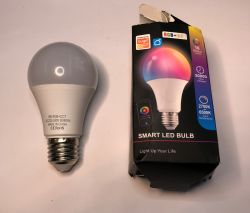 .
.
How do you pair a Bluetooth RGB/CCT colour 'bulb' with the Tuya app? How is its interior built? Is there an inverter inside, how is the LED brightness control implemented and what is responsible for communication? This is what I will try to check here.
I guess I have to start by saying that the term "bulb" is not very correct for such a product, but as far as I can see it is repeated in the trade and you can find this product under this name.... and so I have used it here anyway - for future searchers.
However, the name RGB/CCT means that the product can operate in two modes - a colour selection mode from either RGB (red/green/blue, along with intermediate colours) or CCT (Correlated Colour Temperature), which is the shade of white - cold or warm white. We also necessarily have control over the brightness level.
I bought the product from the theme in a promotion for literally £5 with free shipping, but you often have to pay more for it. In addition, you have to be careful when ordering, because sometimes you can get the Bluetooth version when you want the WiFi version and you do not read the name of the offer. The BT version is cheaper.
No model name on the packaging:
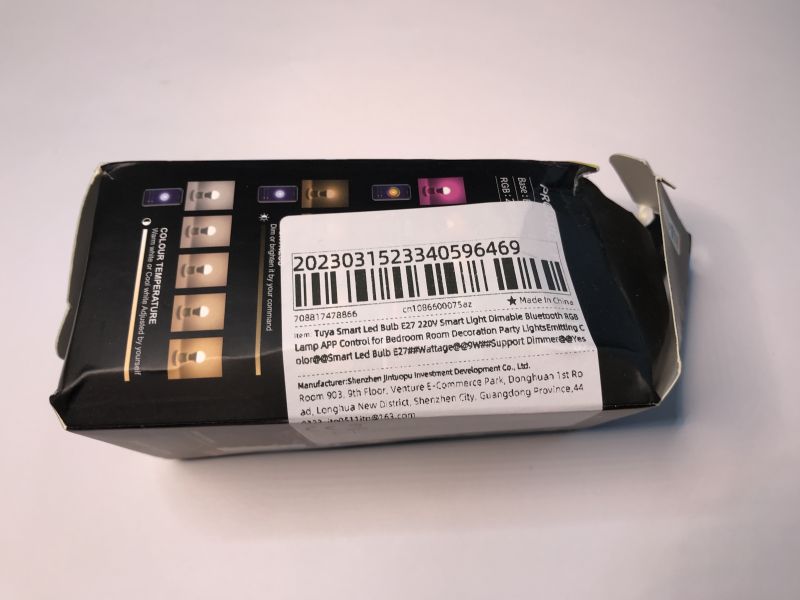 .
.
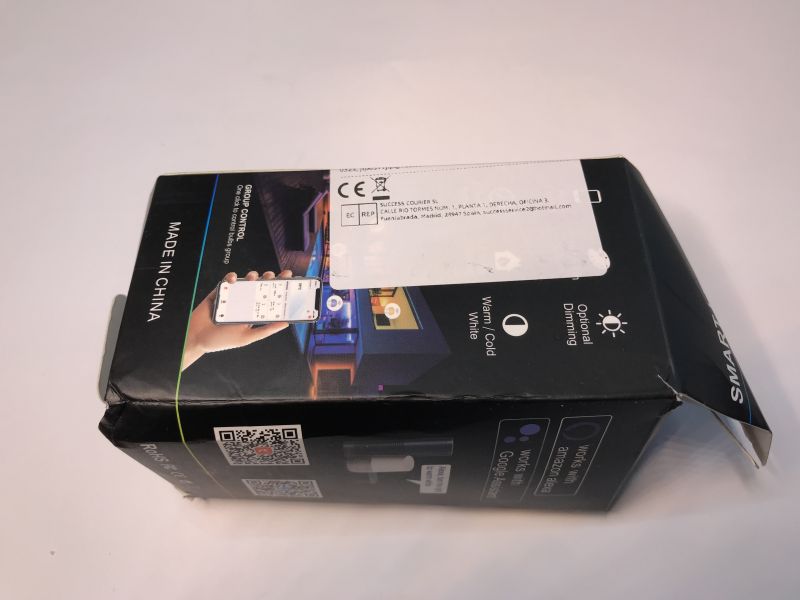 .
.
Let's check out what we get in the kit:
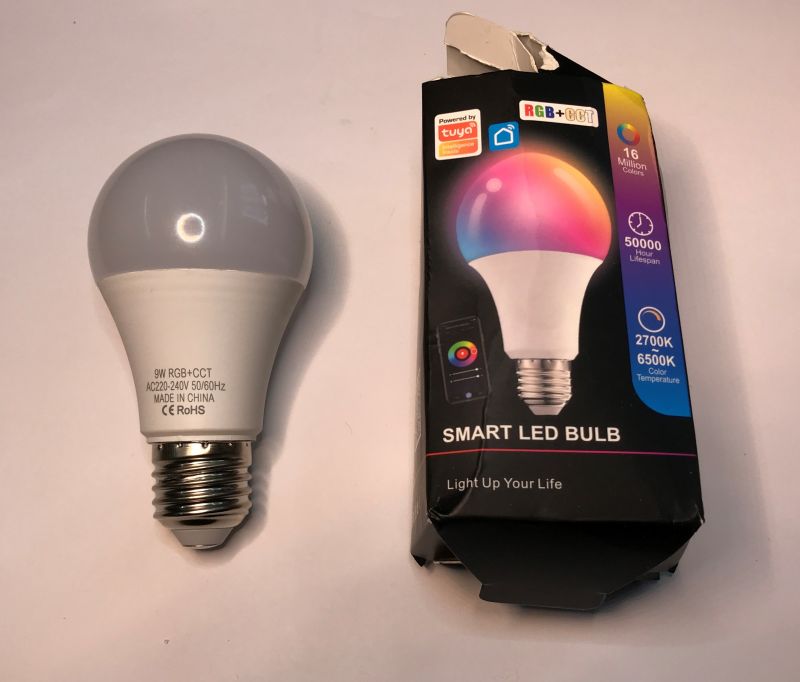 .
.
Instructions:
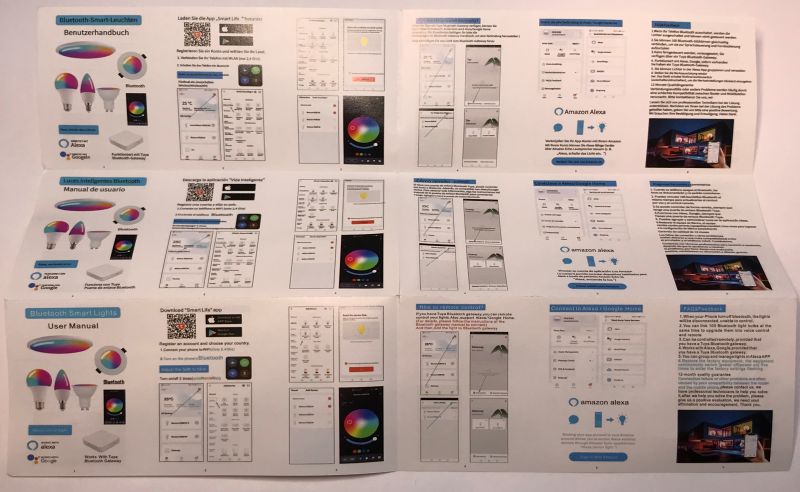 .
.
 .
.
So you can either connect to a Bluetooth gateway from Tuya or directly to your phone.
I connected the power, before pairing the light flashes:
I had the Tuya app already installed. I did not have to select a device from the list. Once Bluetooth was switched on, the app detected it by itself.
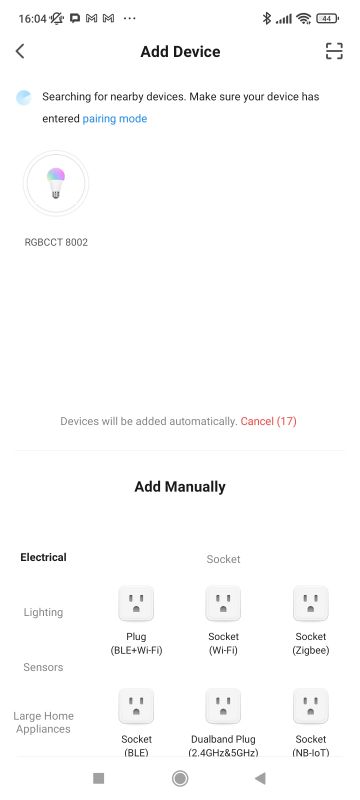 .
.
Pairing was seamless:
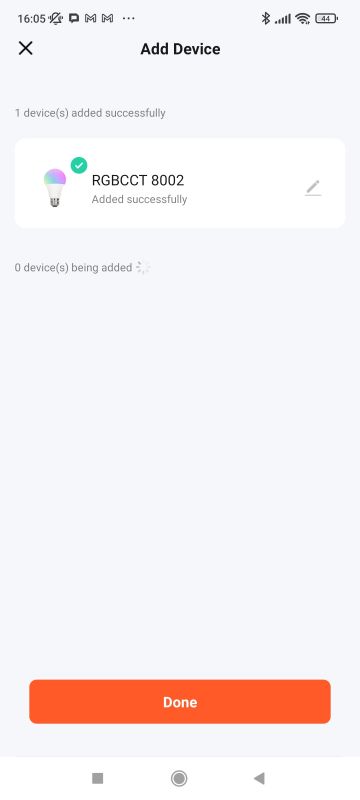 .
.
The control panel took several seconds to load, but eventually loaded without problems and everything started working.
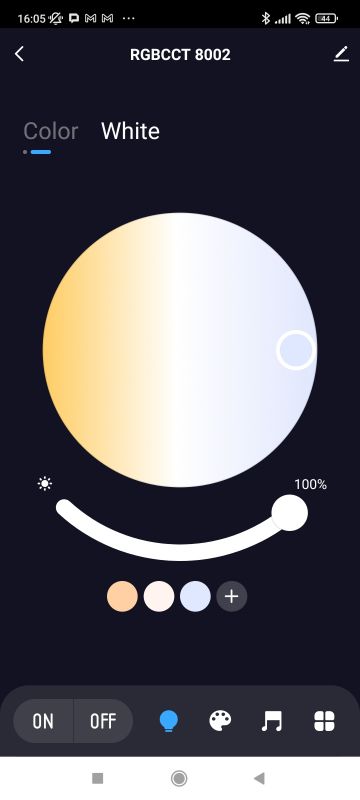
The application offers multiple modes of operation. You can simply set a fixed colour or white tint, and of course you also have control over the brightness level. Another option is to select one of the many different animations, as well as to enable operation to the rhythm of music from the phone. The product itself does not have a microphone on board.
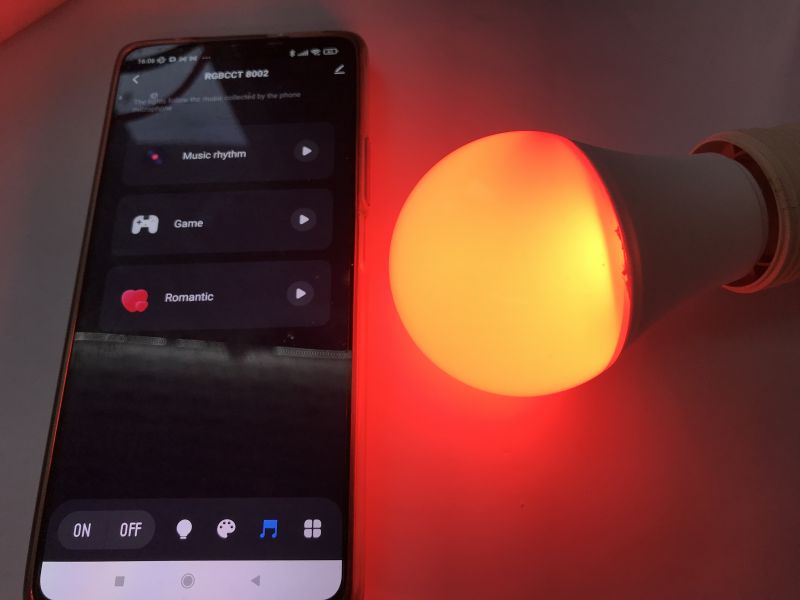 .
.
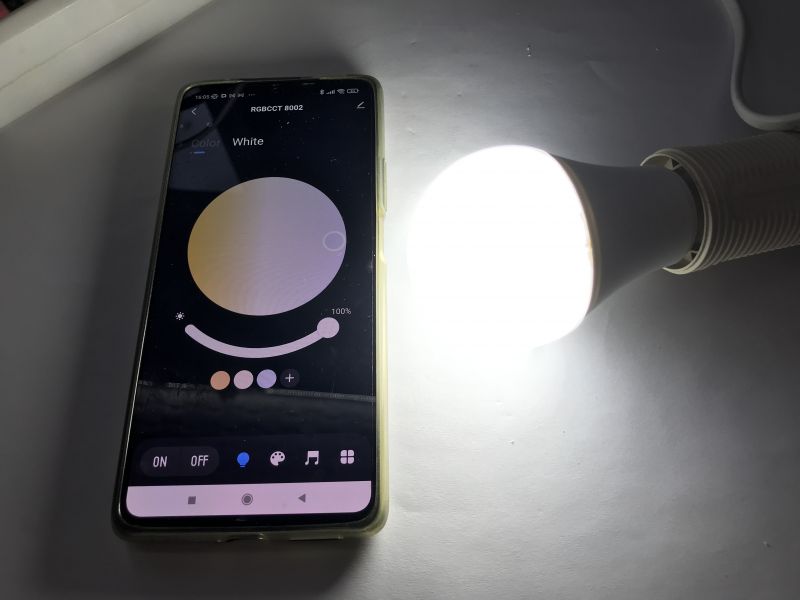 .
.
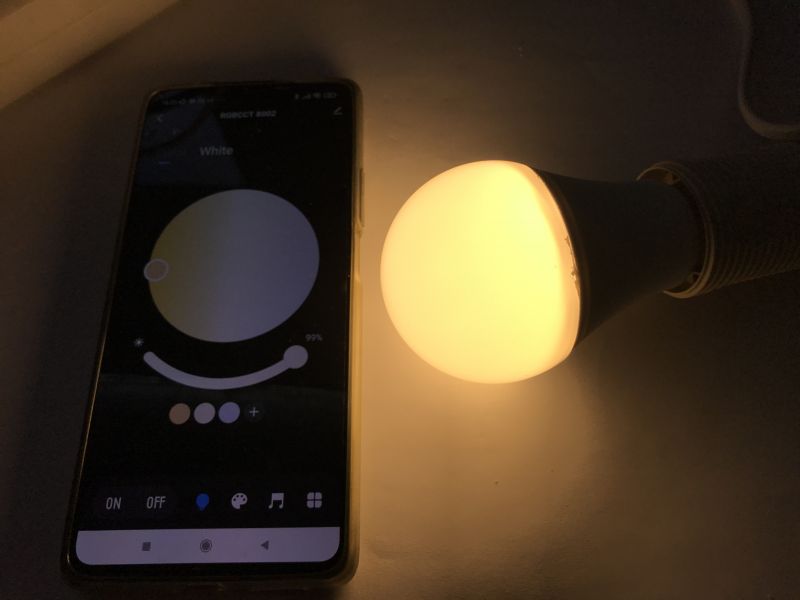 .
.
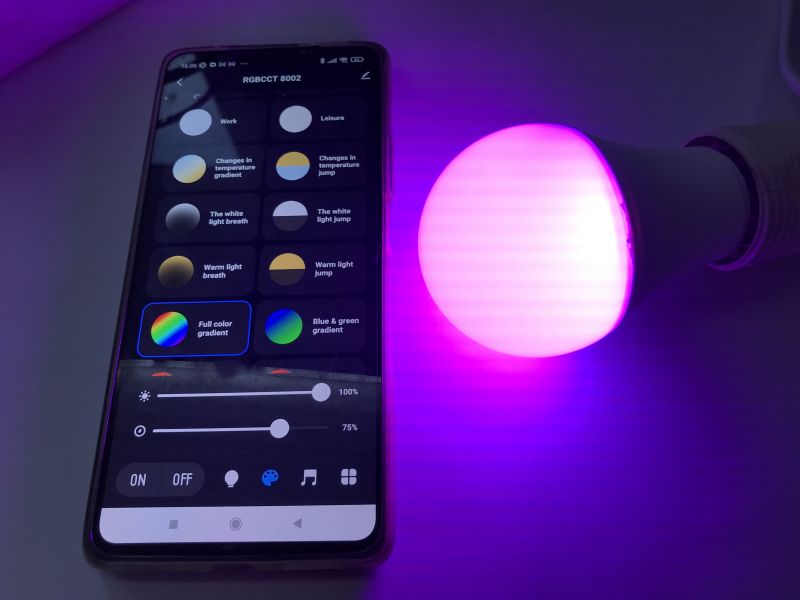 .
.
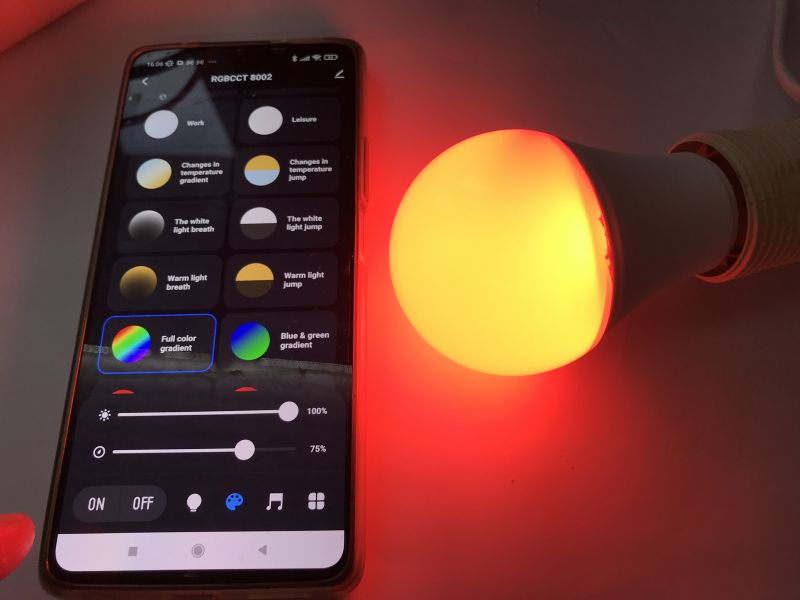 .
.
 .
.
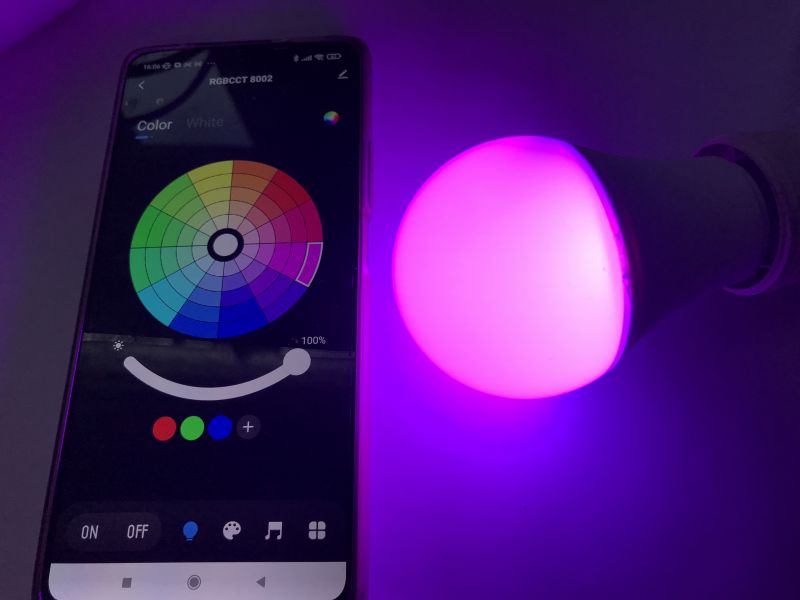 .
.
The only thing to remember is that the moment you switch off BT you will lose control and the app will notify you:
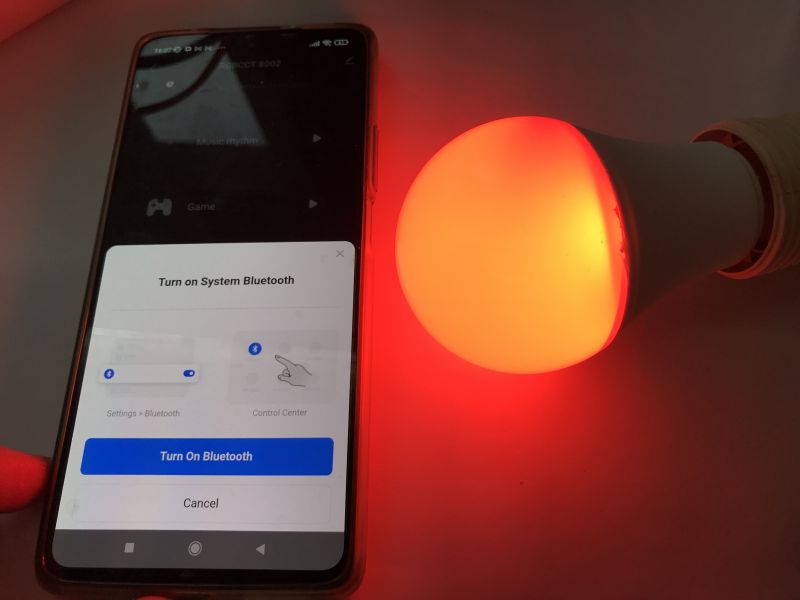 .
.
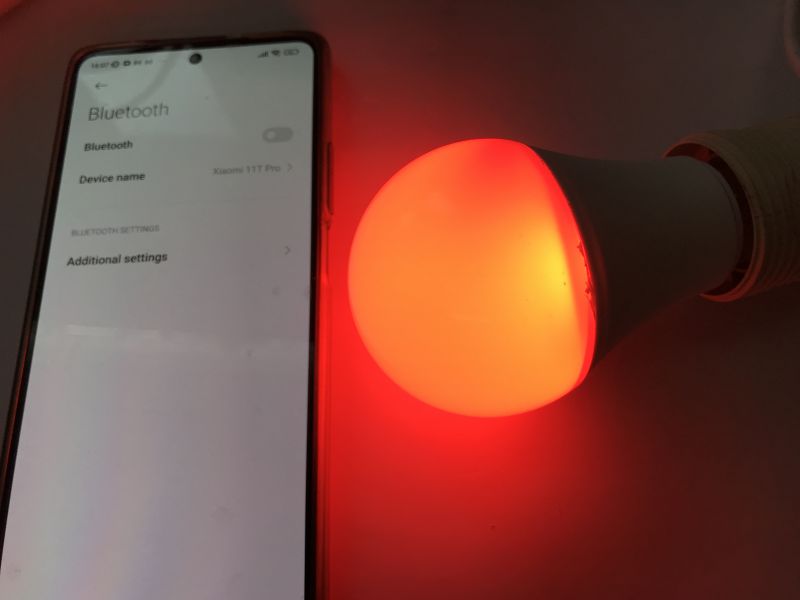
All that remains is to look inside. The bubble can be removed with the bare hand, it's plastic, barely holding on:
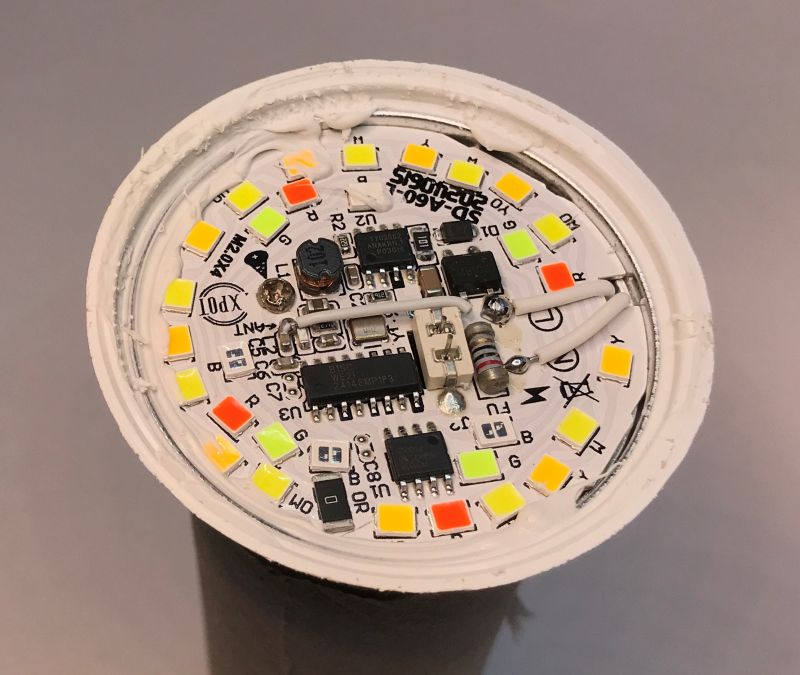 .
.
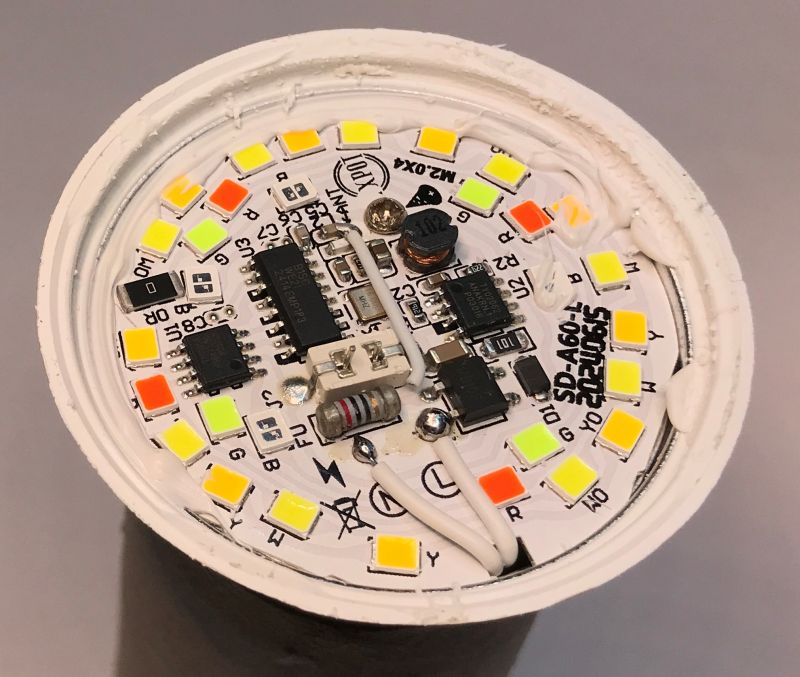 .
.
 .
.
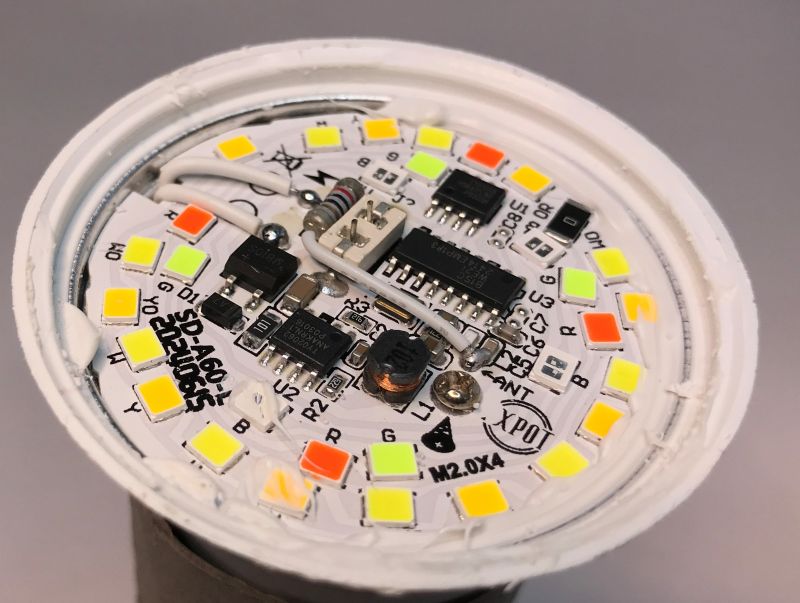 .
.
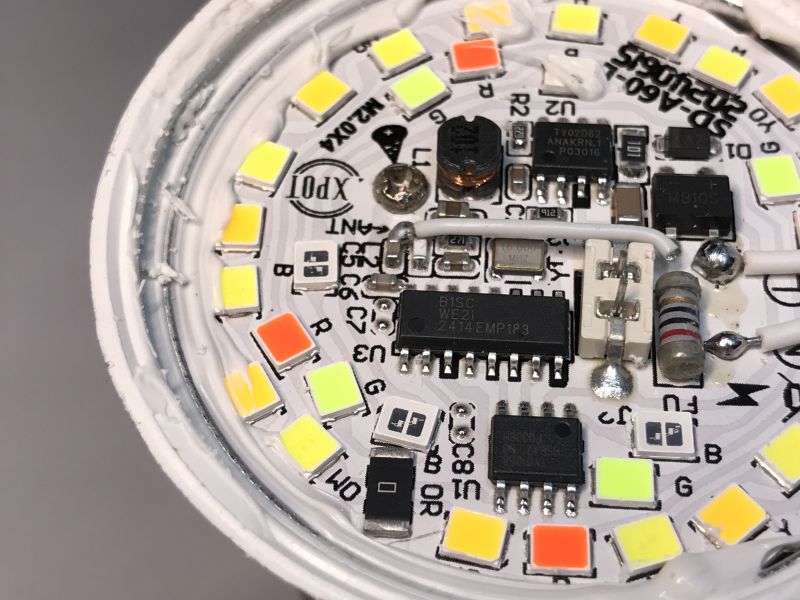 .
.
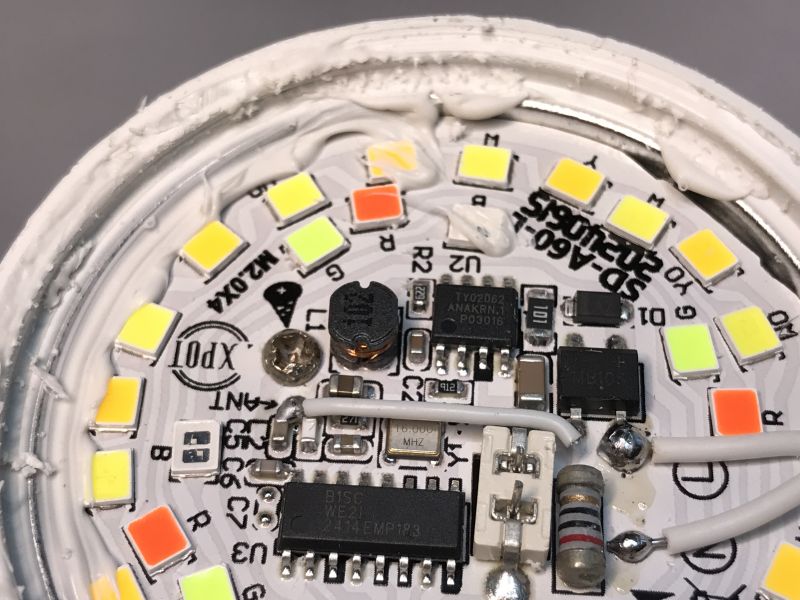 .
.
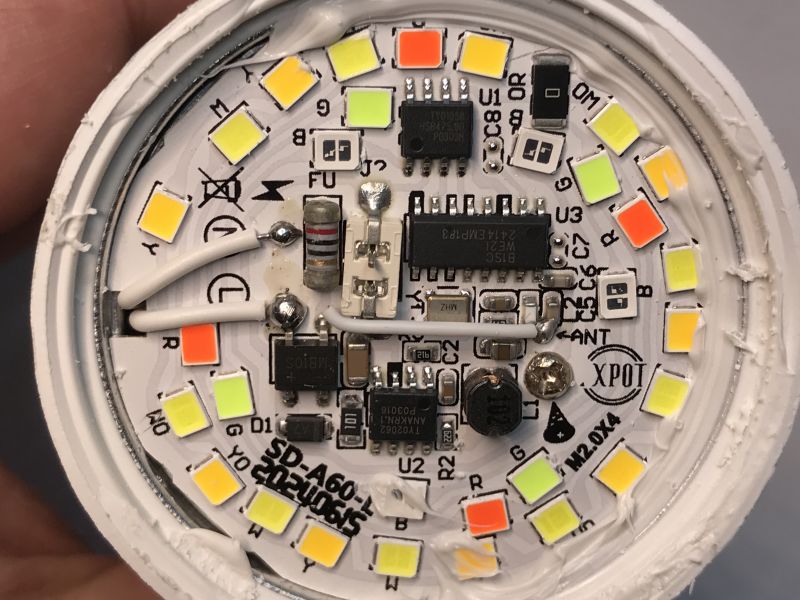 .
.
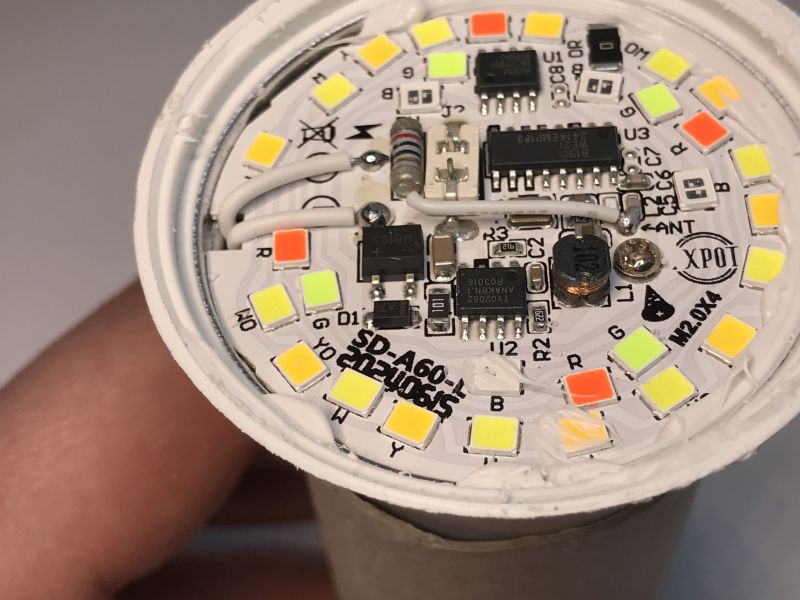 .
.
Is there anything more under the tile?
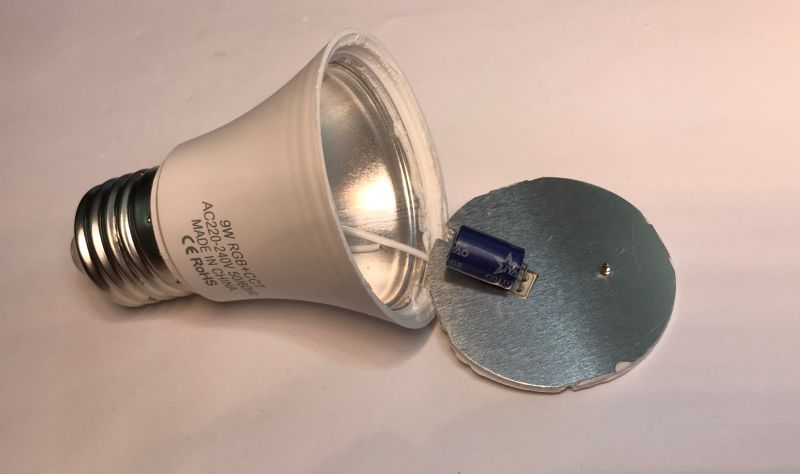
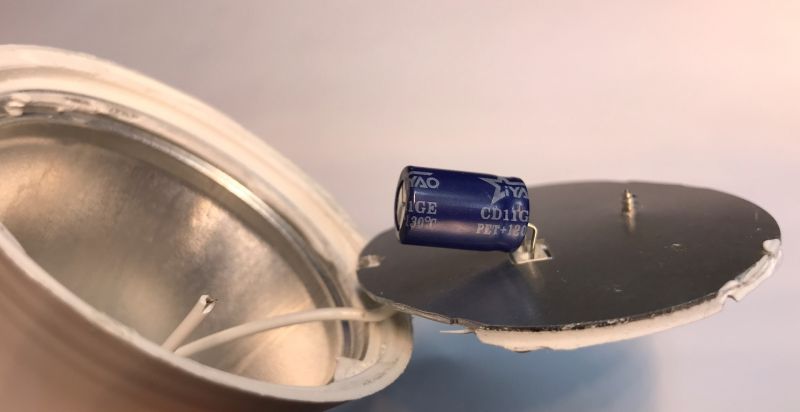 .
.
The underside of the board is a poor heatsink and serves to dissipate heat.
 .
.
The capacitor itself ... I have sketched a schematic based on the board:
 .
.
In my sketch there are single diodes, but in practice there are many in series. If one burns out, the whole chain goes out.
The circuit here is different from the older LEDs. There is no transformerless power supply based on a simple circuit with a capacitor. Here we have first a fuse, a bridge rectifier, a 6.8uF electrolytic capacitor and then separately there is a small step-down inverter used to power the Bluetooth controller circuit. I didn't draw it fully in the schematic, but I suspect it's something like a BP2525:
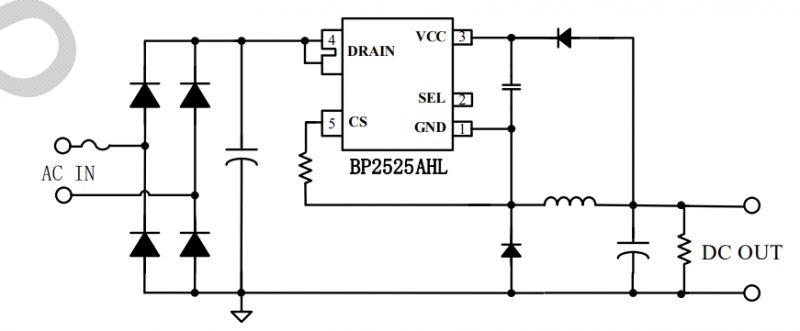 .
.
The distinctive coil from the circuit can be seen in the photos, although I have not applied it to the schematic.
Next to it, in turn, we have a separate circuit that controls the LEDs. We have 5 types of LED: R G B C W, and this circuit has 8 pins. This leaves three pins, one of which I have identified as the power supply and the other two as the control signal from the circuit from Bluetooth. This is reminiscent of a constant-current SM2235 or SM2135. It may even be that the control is implemented similarly, i.e. an I2C-like protocol based on clock and data lines.
 .
.
All in all, there is also a ninth "leg" here - or rather pad:
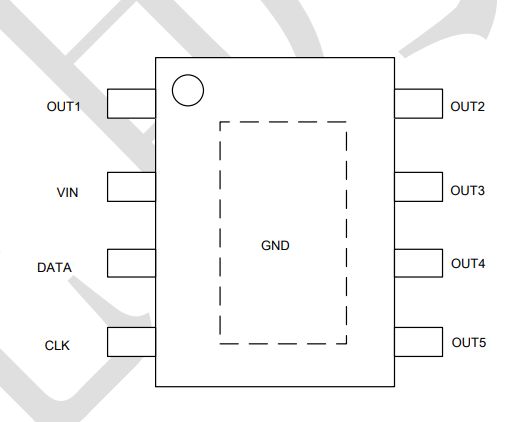 .
.
Well, and that's basically it. I'll quote the component designations some more.
LED controller: TY01058
HSB47500
P0303H
Low-voltage power supply:
TY02062
ANAKRN.1
P03016
BT controller:
B1SC
WE21
2414EMP183
A search by BT controller designation brings us.... back to Elektroda:
https://www.elektroda.com/rtvforum/topic4088853.html
Does anyone know anything more about these chips?
The TY in the name suggests to me that this is something manufactured for Tuya?
That's it for now, but there are at least two more interesting questions left for me to check:
- what is it like to use these lights with a Bluetooth gateway from Tuya, is control then more convenient and does it work quite remotely
- whether it is possible to run them with some Bluetooth gateway of my own
Do you have any experience with this type of product, or is Bluetooth a dead end and it is better to be interested in, for example, Zigbee? .
I will try to return to the subject of this light...



Comments
I have exactly the same bulb and after a day of use it just blew out. There was a slight bang and as I was changing it it was very hot. You can even see traces of the explosion on the PCB, I think the... [Read more]
Do you have a multimeter? Just out of curiosity - check the condition of the rest of the components, I wonder what else is faulty. Usually it's the fuse that is the result of the fault and not the cause,... [Read more]
I bought this bulb by mistake and it was supposed to be wifi. https://obrazki.elektroda.pl/6785719200_1740731899_thumb.jpg . https://obrazki.elektroda.pl/1167712600_1740731901_thumb.jpg ... [Read more]
I purchased a Tuya Zigbee & Bluetooth gateway for my piece. I can now pair it with Tuya and control it over WiFi, without Bluetooth on my phone. [Read more]
Hello I have a question, just out of curiosity: is it possible to set a specific colour in this bulb using Tuya automation scenes? For example: "at 6pm turn on green"? I once bought 3 WRGB wifi bulbs... [Read more]
The only thing i found about it on Tuya Website is that it is a PHY6230 SOP16. [Read more]